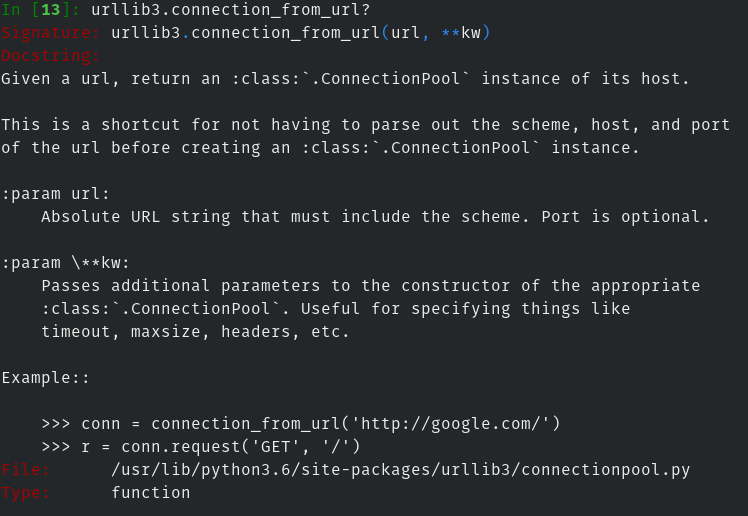The Python programming language has become one of the most popular languages used in IT. One reason for this success is it can be used to solve a variety of problems. From web development to data science, machine learning to task automation, the Python ecosystem is rich in popular frameworks and libraries. This article presents some useful Python shells available in the Fedora packages collection to make development easier.
Python Shell
The Python Shell lets you use the interpreter in an interactive mode. It’s very useful to test code or try a new library. In Fedora you can invoke the default shell by typing python3 in a terminal session. Some more advanced and enhanced shells are available to Fedora, though.
IPython
IPython provides many useful enhancements to the Python shell. Examples include tab completion, object introspection, system shell access and command history retrieval. Many of these features are also used by the Jupyter Notebook , since it uses IPython underneath.
Install and run IPython
dnf install ipython3 ipython3
Using tab completion prompts you with possible choices. This features comes in handy when you use an unfamiliar library.

If you need more information, use the documentation by typing the ? command. For more details, you can use the ?? command.

Another cool feature is the ability to execute a system shell command using the ! character. The result of the command can then be referenced in the IPython shell.

A comprehensive list of IPython features is available in the official documentation.
bpython
bpython doesn’t do as much as IPython, but nonetheless it provides a useful set of features in a simple and lightweight package. Among other features, bpython provides:
- In-line syntax highlighting
- Autocomplete with suggestions as you type
- Expected parameter list
- Ability to send or save code to a pastebin service or file
Install and run bpython
dnf install bpython3 bpython3
As you type, bpython offers you choices to autocomplete your code.

When you call a function or method, the expected parameters and the docstring are automatically displayed.

Another neat feature is the ability to open the current bpython session in an external editor (Vim by default) using the function key F7. This is very useful when testing more complex programs.
For more details about configuration and features, consult the bpython documentation.
Conclusion
Using an enhanced Python shell is a good way to increase productivity. It gives you enhanced features to write a quick prototype or try out a new library. Are you using an enhanced Python shell? Feel free to mention it in the comment section below.
Photo by David Clode on Unsplash






sabino
great suggestions !!!
I learned something new.
Thank you
Dan
Have you seen xonsh (http://xonsh.org/) ? It’s a shell with the power of Python, very cool.
(I’m trying to use it as default shell, but I’m stuck when using it in x2go).
Clément Verna
I did, I try it a while ago and thought it was still a little bit too fresh. Maybe I should give a go again 🙂
Apostolos
ptipython (uses ipython) also offers handy features.
Jon Hannah
Another great Python 3+ light weight IPython-style REPL is hiss. See https://github.com/sixninetynine/hiss but in pip too!
Cyril
Just…the image is that of an arboreal pit viper (Tropidolaemus Waglerii?), not a python 😉
crossingtheair.wordpress.com
Yes, you’re right, that’s not a python.